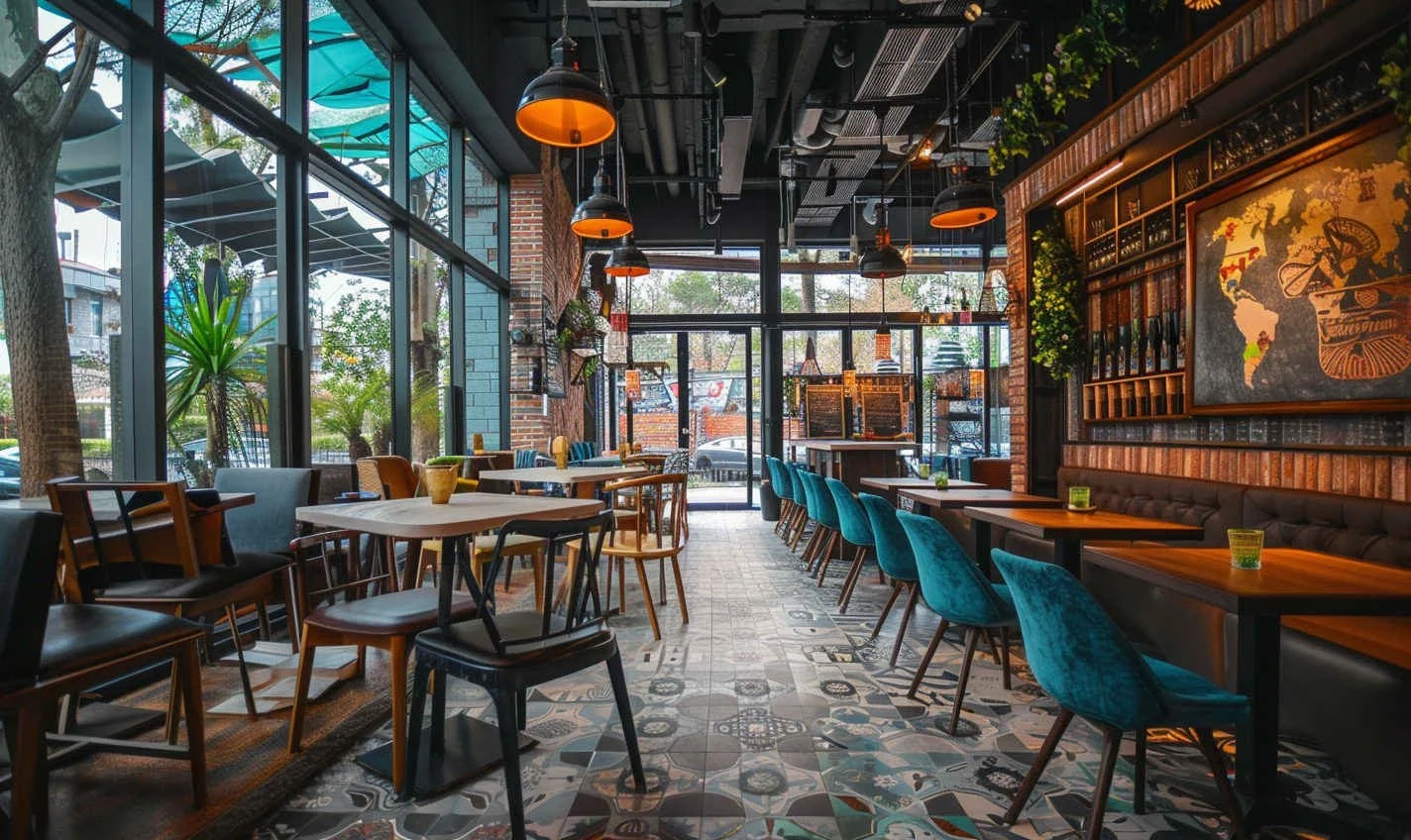Types of Restaurants: Classification and Categories Explained!
Introduction
The restaurant industry is diverse and dynamic, catering to various tastes and dining preferences. Understanding the different types of restaurants—ranging from quick service to fine dining—provides insight into the culinary landscape. This guide delves into the main categories of restaurants, highlighting their unique features and offerings.
1. Quick Service Restaurants (QSR)
Quick Service Restaurants, often referred to as QSRs, are your go-to spots for fast meals. These establishments focus on speed and efficiency, offering a limited menu that allows for quick preparation and service.
Key Characteristics
Speed and Convenience: Ideal for customers on the move, with drive-thru options enhancing accessibility.
Standardized Menus: Ensures consistency in taste and quality across multiple locations.
Affordability: Typically priced lower than other dining options, making them accessible to a broad audience.
Examples: McDonald’s, Subway, Taco Bell.
2. Fast Casual Restaurants (FCR)
Fast Casual Restaurants blend the efficiency of QSRs with a focus on quality. They offer a more diverse menu and often utilize fresher ingredients, appealing to health-conscious diners.
Key Characteristics
Higher Quality Ingredients: Emphasis on natural, high-quality foods that appeal to discerning customers.
Casual Ambiance: A relaxed setting that often features stylish decor and comfortable seating.
Counter Service: Customers typically place orders at the counter and receive their food shortly after.
Examples: Chipotle, Panera Bread, Sweetgreen.
3. Casual Dining Restaurants (CDR)
Casual Dining Restaurants provide a relaxed atmosphere combined with full table service. They are perfect for laid-back meals with friends or family.
Key Characteristics
Diverse Menu Options: Offer a wide range of cuisine types to cater to various tastes.
Table Service: Customers are served by waitstaff, enhancing the dining experience.
Family-Friendly: Often includes features such as children’s menus and larger seating options.
Examples: Olive Garden, Chili’s, Applebee’s.
4. Fine Dining Restaurants (FDR)
Fine Dining Restaurants are the epitome of culinary excellence, focusing on providing an exceptional dining experience through gourmet cuisine and top-tier service.
Key Characteristics
Luxury Atmosphere: Elegantly designed interiors create a sophisticated environment for diners.
Exceptional Service: Highly trained staff provide personalized attention, enhancing the overall experience.
Gourmet Menus: Dishes are artfully prepared using high-quality ingredients, often with seasonal offerings.
Examples: The French Laundry, Per Se, Le Bernardin.
5. Specialty Restaurants
Specialty Restaurants carve out a niche by focusing on unique themes or cuisines. These establishments often become popular for their specialized offerings.
Key Characteristics
Unique Themes: Whether it’s a sushi bar, steakhouse, or dessert café, specialty restaurants cater to specific tastes.
Authenticity: Many focus on traditional cooking methods or recipes from particular cultures.
Creative Concepts: Frequent innovation in menus to attract customers looking for new dining experiences.
Examples: Sushi bars, steakhouses, and themed eateries.
Conclusion
What unifies all these types of restaurants, regardless of their structure or style, is that behind the scenes, they face the same operational challenges. Every restaurant, from a quick-service spot to a fine dining establishment, must manage expenses, costs, and vendors. They need to ensure that payroll is accurate, hours are properly tracked, taxes are filed, and payments to vendors are made on time. Understanding the Profit and Loss Statement and these costs and handling back-office accounting efficiently is essential for smooth operations.
This is where back-office accounting and operations firms like Over Easy Office can help. We streamline these crucial tasks, allowing restaurant owners to focus on what they do best—delivering outstanding dining experiences. Contact us today and let us take care of the details so you can keep your restaurant thriving.

